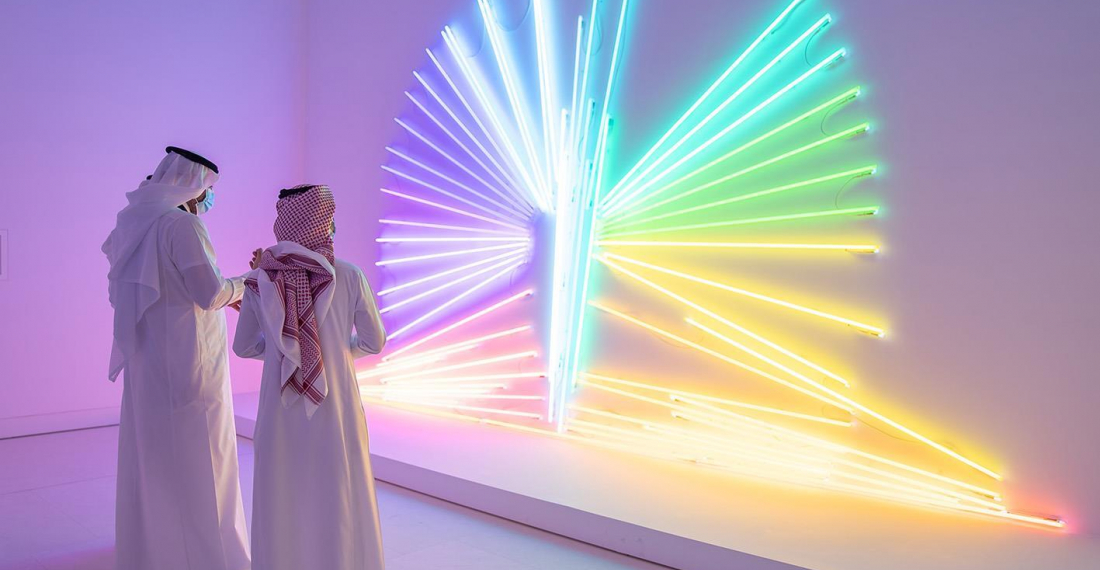Riyadh, the capital of Saudi Arabia, is witnessing 17 days of open-air light installations that highlight not only extensive artistry but also the advent of the Kingdom’s push for a greater creative economy. The works feature both local and international artists.
The festival, running between 18 March and 3 April, titled 'Noor Riyadh', is being held on the grounds of the Cultural Palace in Riyadh’s prestigious Diplomatic Quarter. The artworks themselves feature cultural content such as poetry, coffee and local architecture.
“One of the most critical aspects of Vision 2030 is the flourishing of the Saudi creative economy, which we are trying to foster, and this is one of the main highlights of Noor Riyadh as a program,” said Anas Najmi, the adviser to the Royal Commission for Riyadh City.
Raneem Farsi, the Saudi curator of the exhibition, notes that what makes the exhibition dynamic is “that Noor Riyadh has included numerous Saudi artists, many of whom have been commissioned to make pieces especially for the exhibition.”
The festival itself encompasses a range of media, including music, sculpture and performance. While the global art community will have to view the artworks virtually, Saudis have already been flocking to the venues.






